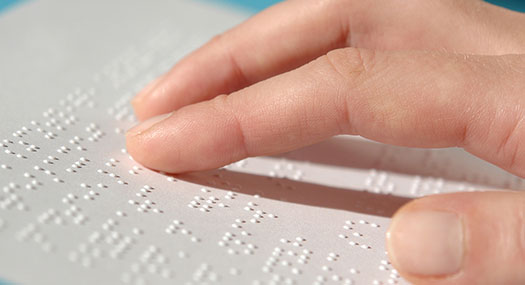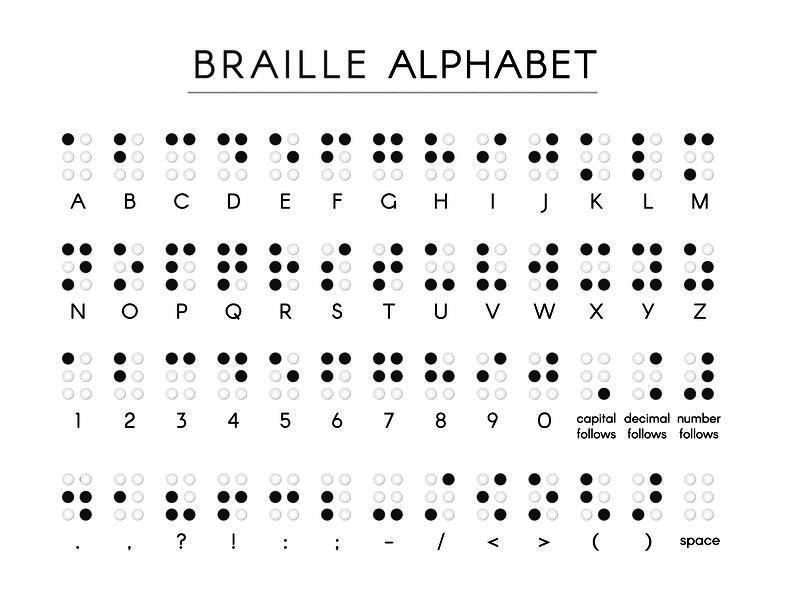
Braille is a tactile writing system used by people who are blind or visually impaired to read and write. It was developed by Louis Braille in 1824, and is based on a series of raised dots that are arranged in patterns to represent letters, numbers, and punctuation marks.

Braille is a highly efficient and effective method of communication for people who are blind or visually impaired. It allows them to read and write independently and efficiently, which can improve their access to education, employment, and other aspects of daily life.
There are several different versions of Braille, including the standard six-dot Braille and the eight-dot Braille used for scientific and mathematical notation. In addition, there are also Braille codes for musical notation, computer programming, and other specialized uses.
Braille has been recognized as an official language by many countries, and is widely taught and used around the world. In addition, there are organizations such as the Braille Institute of America and the National Federation of the Blind that provide resources and support for people who use Braille.
Overall, Braille is an essential tool for people who are blind or visually impaired, providing them with a means of reading, writing, and communicating with others. Its development and continued use have had a profound impact on the lives of millions of people worldwide.
References:
- Braille Authority of North America. (2021). What is Braille? Retrieved from https://www.brailleauthority.org/braille-resources/what-is-braille/
- Braille Institute of America. (n.d.). Braille History. Retrieved from https://www.brailleinstitute.org/braille-history
- National Federation of the Blind. (n.d.). Braille. Retrieved from https://www.nfb.org/programs-services/braille
- World Health Organization. (2020). Assistive technology for people with disabilities. Retrieved from https://www.who.int/news-room/fact-sheets/detail/assistive-technology-for-people-with-disabilities









